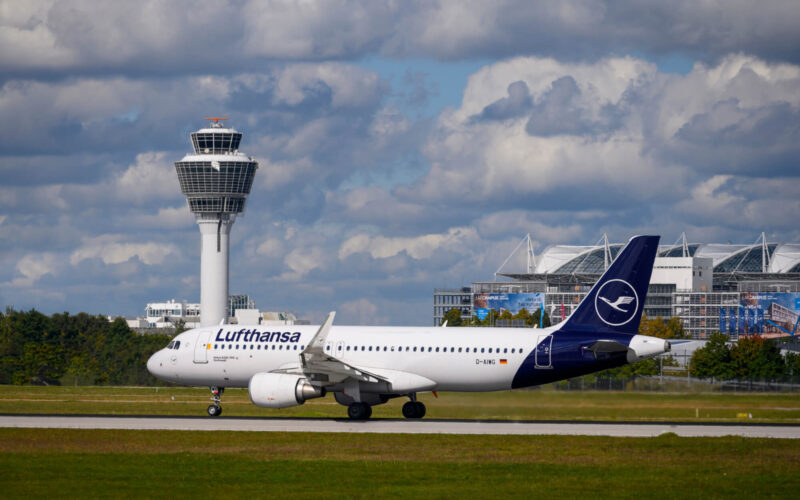The crisis in Ukraine is a further challenge for Lufthansa (LHAB) (LHA), after a tough two years dealing with the COVID-19 pandemic, the airline’s chief executive said.
“We are prepared to tackle these new challenges”, Carsten Spohr said after Lufthansa Group unveiled financial results for 2021 on March 3, 2022. While flights to Ukraine and Russia make up only 1% of revenue, the higher oil price, increased flight times of up to two hours to divert around closed airspace over Ukraine and Russia, plus the loss of revenue will all have an effect, he said.
“On a normal Thursday, we would have 4,000 people on flights to Ukraine and Russia. But today is not a normal Thursday. The short-haul flights that were planned are standing empty in the hangar and our long-haul aircraft are flying up to 15 hours to connect our home markets with Korea, Japan and China.”
The effects for Lufthansa (LHAB) (LHA) are not as dramatic for rival Finnair, whose core business is flights connecting Europe and Asia.
The uncertainty caused by the Ukraine crisis means Lufthansa (LHAB) (LHA) is not providing exact financial guidance for 2022. It expects adjusted earnings before interest and tax (EBIT) to improve in 2022, with the pace of improvement picking up after a tough first quarter, when demand was hurt by the Omicron variant of COVID-19.
“Omicron led to a drop in bookings in January,” Spohr said. “Since then bookings have improved week by week and we are confident for 2022. People want to travel again.”
In 2021, Lufthansa (LHAB) (LHA) reported an adjusted EBIT loss before restructuring expenses of €1.8 billion ($2 billion), reduced from the previous year’s loss of €5.2 billion ($5.8 billion).
Cargo had another record year in terms of profit, near doubling its adjusted EBIT to €1.5 billion ($1.7 billion).
Overall, Lufthansa Group flew about 40% of its pre-crisis passenger capacity in 2021. For summer 2022, it expects to fly approximately 85% of 2019 levels, while full-year capacity will stand at around 70% of 2019 levels.
Spohr said he expects Lufthansa (LHAB) (LHA) to be back at pre-pandemic capacity levels by the middle of the decade, although it could return sooner depending on how demand develops.
Italian flirtation
When asked about Lufthansa’s (LHAB) (LHA) interest in Italian carrier ITA, Spohr confirmed that Lufthansa (LHAB) (LHA) was in talks with shipping company MSC and had met the Aponte family behind MSC. Spohr said Lufthansa (LHAB) (LHA) was waiting for access to ITA’s books before making a decision.
“With MSC, we have a partner that brings other interests. We will look at what ITA has to offer and then we have to decide what options are interesting for us – a commercial partnership, economic interest, or a minority stake,” Spohr explained. Italy is Lufthansa Group’s second largest international market behind the United States.
A minority stake could be a way of securing cooperation or a way to a possible full takeover, Spohr said, referring to how Lufthansa (LHAB) (LHA) first began with a minority stake in Brussels Airlines before a full takeover.
Spohr added he expected consolidation to become a topic once more now that travel demand is recovering in Europe.
“Every acquisition must make economic sense. We will only talk about it when there is something to report,” he stated.
Lufthansa Group took delivery of 11 new aircraft in 2021, and expects 29 in 2022, including four Airbus A350-900s and five Boeing 787-9 long-haul aircraft. Its fleet comprised 713 aircraft in 2021.
While American Airlines (A1G) (AAL) has had to change its summer schedule due to 787 delivery delays, Spohr said Lufthansa (LHAB) (LHA) still expected to receive its first Dreamliner in the second quarter of this year and was planning to use it over the summer.

